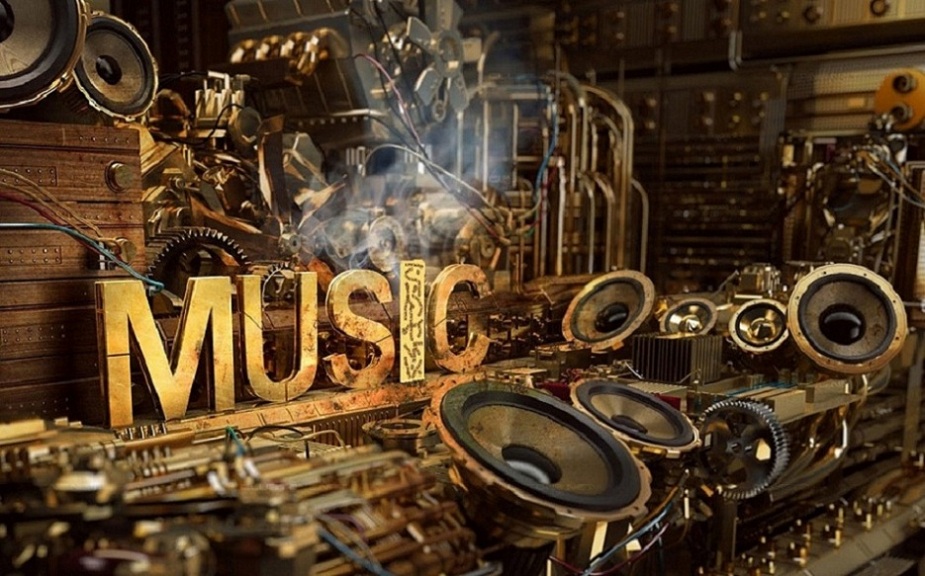
As I clicked on a popular music business forum, I was greeted with a question, “Why won’t commercial radio play music by Indie Artists?”
My reply to this person was, “Let me try and break the reason down for you.”
Commercial Radio needs ratings to get paid from advertisers. Most advertiser’s, on radio, are ad agencies. Ad agencies base their “buys” (sponsorships) on a Cost per point (“CPP”) basis. CPP is based on how many thousands of listeners a radio station can capture in a 15 minute period (or cume).
Many commercial radio [Program and Music] don’t want to put their ratings at risk, by airing an ‘untested song’ on the air. So what these commercial radio directors do, is, air music based on the national charts provided by Radio and Records, Broadcast Data Systems (BDS) and Billboard.
These charts are mainly influenced by the major labels via promotions and strategic alliances.
One good route to take would probably something along the lines of Gnarles Barkley’s single “Crazy”. This song went #1 on the internet (BBC Radio One) and radio couldn’t help but to get them the single on the air. In fact, on its release, “Crazy” became the most downloaded song in the history of the UK music business, going to number one in the strength of downloads alone.
Get your music on music submission sites such as TMOTTRadio.com, make some noise on the net, and get a CDBaby.com account so you can get your music on iTunes and start promoting.
The reason for this suggestion is because the marriage relationship between the music business and digital technology. Clear Channel has a partnership with GarageBand.com where they will feature a certain amount of new artists every week in on their website. Since Clear Channel is the biggest and most innovative broadcaster in the music business, it’s just a matter of time before the other broadcasters will follow suit.
The world is and continues to go digital, while radio continues to operate using an analog business model. You can be successful in the music business if you change your marketing model from analog to digital.
